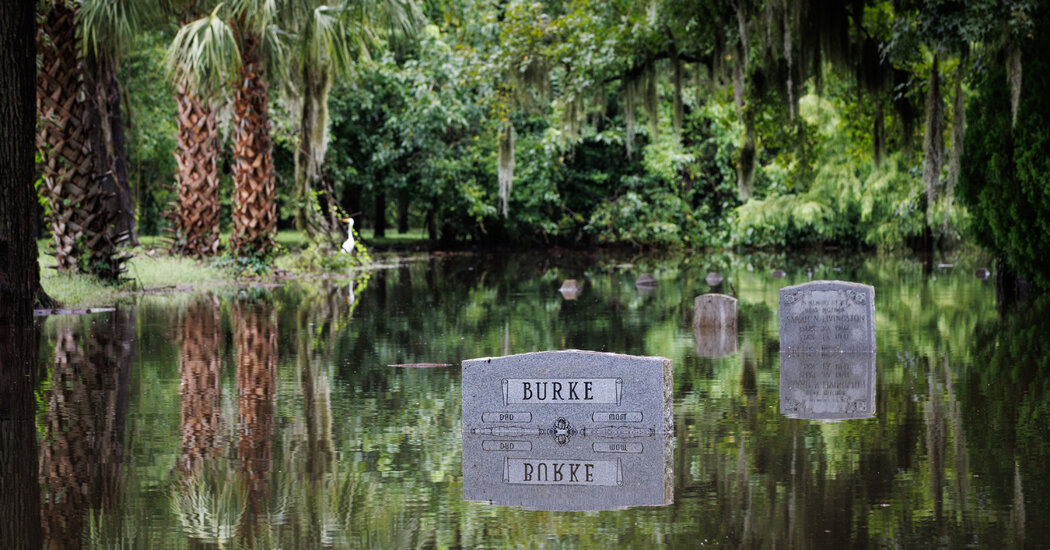In its brief time this week as a hurricane, Tropical Storm Debby only reached Category 1, not enough to be considered a major hurricane. That hasn’t stopped the storm from causing plenty of havoc as it moves across Georgia and South Carolina. The National Hurricane Center predicted “potentially historic” rainfall of up to 25 inches in some places.
If it feels like there’s a disconnect here, it’s because the category rating can never fully capture how destructive a storm is, said Brian McNoldy, a senior research associate who studies hurricanes at the University of Miami’s Rosenstiel School of Marine, Atmospheric and Earth Science.
A hurricane’s rating on the Saffir-Simpson scale, which runs from 1 to 5, is based only on its maximum sustained wind speed, not on the rain, storm surges or tornadoes it produces.
Factors in the environment, including the warmth of the ocean, can influence both a storm’s rain and its winds. But the main reason for Debby’s extreme precipitation is simply how slowly it is crawling across the Southeast, Mr. McNoldy said. And that leisurely pace is the result of the large systems of atmospheric currents that are steering the storm.
“The primary ingredient for being a rainmaker is just the duration,” Mr. McNoldy said. “If it’s moving right along, you’re going to get less rain.”
